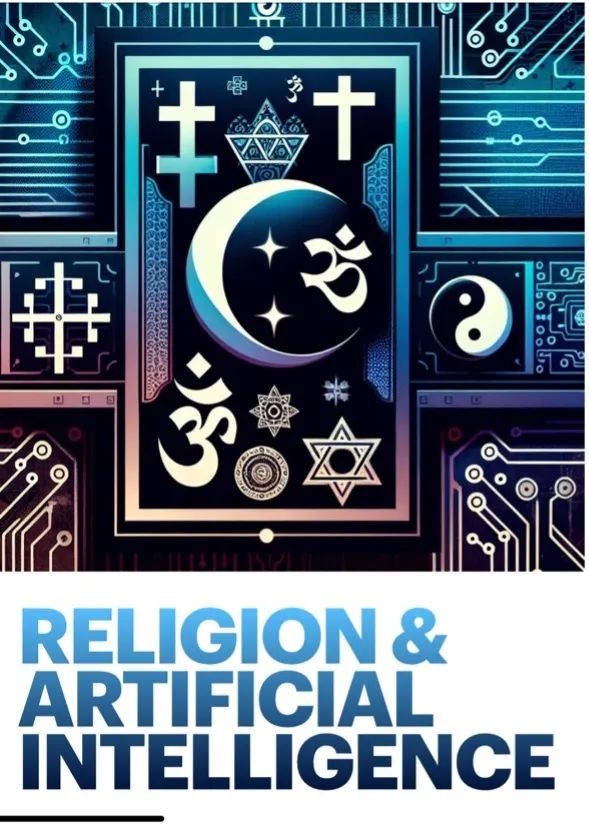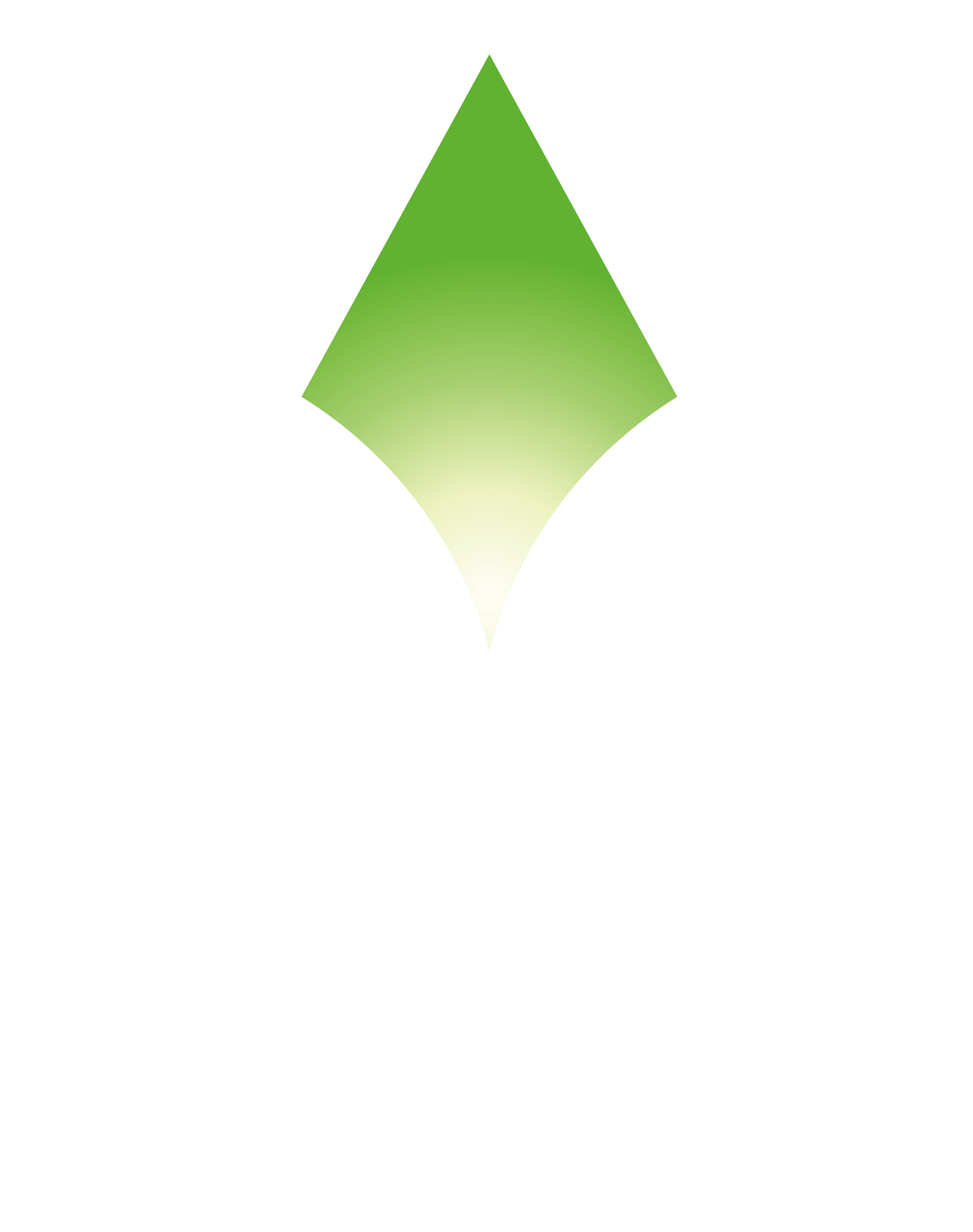
By Prof. James Miller
In Spring 2025, I taught a new class, RELIG305 Modern Religion, in a new way: I made the use of AI tools mandatory for all assignments. My motivation for doing so was partly experimental: I wanted to try out various methods for integrating AI into the classroom and into the assessments. It was also driven by a desire to welcome students who might normally be afraid of taking a humanities class because they feared it would be too difficult for them.
We used the AI tools in three different ways. The first was distant reading. I prepared text files in Chinese and English from different periods and different thinkers regarding the topic of religion. I asked the students to ask the AIs to detect similarities and differences in the arguments that these thinkers made. Crucially I also asked the students to reflect on the answers given by the AIs, including DeepSeek, ChatGPT, CoPilot, and Perplexity. The AI-generated answers would then become the topic of discussion in the class. Because I had read these texts the old-fashioned way, I was able to teach the students how the answers given by the AIs cohered with the way that I had been taught to think about these texts.
The second way was to find the imperfections in AI. I asked the students to ask the AIs to locate specific pieces of textual evidence to support their AI’s summaries or comparisons of the material. Frequently the AIs failed at this task, often hallucinating plausible but erroneous texts. We then did close readings of specific short passages in the original texts to see if our interpretations matched the distant readings generated by the AIs.
The third way was to use AIs to generate a final creative project. This required students to create a concrete exhibition piece about the topic of modern religion using AI. Three main methods emerged among the students.

Image 1: Exhibition Catalog Cover
The first was to ask AIs such as MidJourney and Dall-E to generate images that described religious scenes or figures. The students then critically commented on the AI’s output, and on their own process of prompt engineering. They also wove together the images into short videos that then became exhibition objects.
The second was to create a chatbot based on certain religious characteristics. One example of this was a nature-based religion for which the AI generated a set of religious texts which were then used to train a chatbot which exhibition-goers could then interact with. Another used AI to generate an AI prophet who could interact with the public. Its creator, DKU senior Liam Powell said, “I was really excited to use the OpenAI API in this course to bring my vision of an AI prophet to life. It was a cool project, and generative AI helped me polish the coding and design to make everything look more refined.”
The third was to use AI to generate new kinds of religions, or regenerate lost religions, such as Mithraism, one of the most popular Mediterranean religions during the Roman empire, but which is no longer extant. It should surprise nobody that this is taking place in the real world already. Attempts to revive lost religions abound and could be considered a work of digital cultural heritage.
One takeaway of the final project was that some students had thought that AIs were only good for analyzing existing data rather than helping to generate new forms. They expressed surprise that the AIs were able to help them to generate some kind of creative response. DKU junior Jackie Lyu said, “Studying religion and creating art with artificial intelligence is amazing. It’s such an inspiration to find that AI and creativity are not mutually exclusive but deeply interconnected!”
Because all the assignments were done via AI there was no grading of the assignments. Instead, I asked students to self-assess their learning. I did this halfway through the class via an oral interview, and I did this summatively at the end, inviting students to reflect on their learning experiences and submit as evidence a workbook of their interactions with the AIs.

Image 2: Students installing an exhibition piece
All in all, I found this a very refreshing experience as a teacher, but it required me to let go of some preconceptions about what I thought humanities education should involve. All throughout the class I attempted to guide the students with my own traditionally-derived knowledge of the materials that I gave them to read, but in the end their creative work pursued topics and methods that easily went far beyond my own knowledge and expertise.
The challenge for teachers now is to decide on the skills we think are important for students. I learned to read a map and plot a route with pencil and a compass. Do we still need to teach students those skills? Maybe not. But I worry that the more we outsource thinking skills to a machine, the more we risk becoming stupid as a species. My experience with AI has led me to cherish even more the close reading skills that a humanities education provides, and I will double-down on teaching those skills to students in my courses in future.


